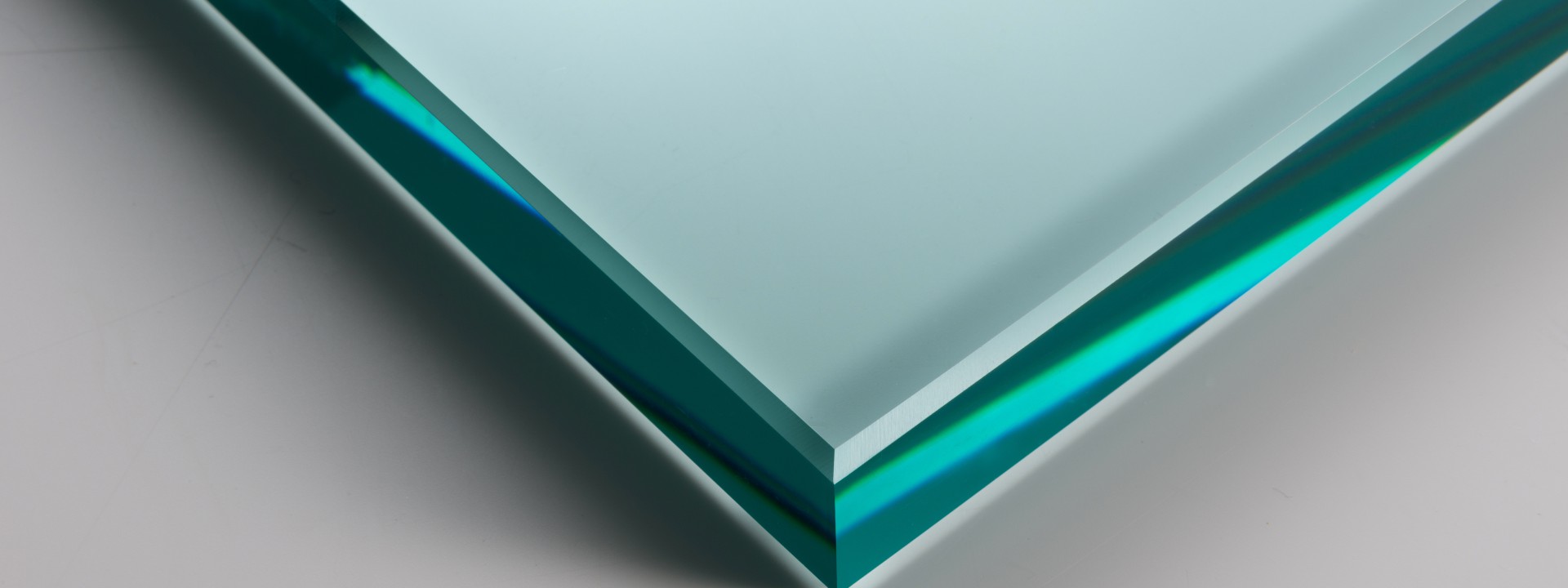
Many processors have been forced to tune their production machinery to a more flexible setting in recent years. The main reason for this is the decrease in high-volume jobs, especially in the architecture environment. This naturally differs from market to market. Yet on average, the global market is requiring more flexible solutions: tool configurations that integrate cup wheels and peripheral wheels, fast changeovers, wide capabilities and less manual intervention.
The market requires tailor-made solutions with fast changeovers, wide capabilities and little manual intervention.
This trend has a clear impact on double-edging line selection. If you share the same opinion as the market direction, I encourage you to read on. Think how you can make sure your processing equipment meets the evolving market needs.
Widen your capability
When it comes to the capability of a double-edging line, it is mostly about the size of the line, number of spindles as well as edging types. The requirements aim toward being able to do different types of edging with the same machine.
When thinking about the most suitable solution, consider your needs:
Maybe the most important decision after determining your size and capacity needs is if you need to do seaming, pencil edge and flat-edge grinding with the same machine. If you need the capability to do all with the same line, you need a machine with both cup wheel and peripheral tooling.
There are many secondary requirements that result, for instance, from the requirement to run both large and thick glass. If this is the case, make sure your double-edging line has motorized belts controlled separately by a PLC to provide the required precision. Factors like a stiff structure for high-quality grinding are naturally mandatory requirements in all production, both high and low volume.
If you need to process Low-E glass, your double-edging line should be equipped with suitable anti-scratch belts, which are constantly cleaned by a brush and fresh water so as not to damage the sensitive glass surface.
Another example is the requirement for corner cutting. If your line is capable, for example, of running 15 m/min, but your corner cutting is only able to run 4 m/min – and you need to do a lot of corner cutting jobs – you are most likely in trouble. Make sure you have a fast and flexible corner cutting system, such as an electromechanical corner cutting spindle that can be adjusted from the user interface directly. This will raise your corner cutting process up to the 15 m/min you need.
Fast changeovers and integration to pre/post-processing
When you need to run different types of glasses, changeovers need to be as fast as possible. A good solution is to have as many electronically changeable settings as possible. Additionally, you’ll need a setup that is as easy to access as possible, including an automatic set-up cycle, motorized speed increase of diamond and polishing wheels, glass removal to be directly set from the control panel and automatic glass supporting bars.
Integration is a clear trend in the modern glass processing industry. Integration of double edgers, for example, can be with pre-processing systems, like directly to loading systems or cutting, or to post-processing systems like a flat tempering line. If you plan to integrate a double edger to a flat tempering line, you need to understand both of their limitations to ensure reaching the optimal flow. Make sure your tempering line and double edger provider can discuss openly and transparently about the process.
When thinking of integration, remember:
Want to hear more? Contact us to talk more about the best solutions for you.
注册 Glastory 快讯
我们回答您关于玻璃加工的问题。将您遇到的困难告诉我们,我们一定尽全力帮助您。
Comments are closed.